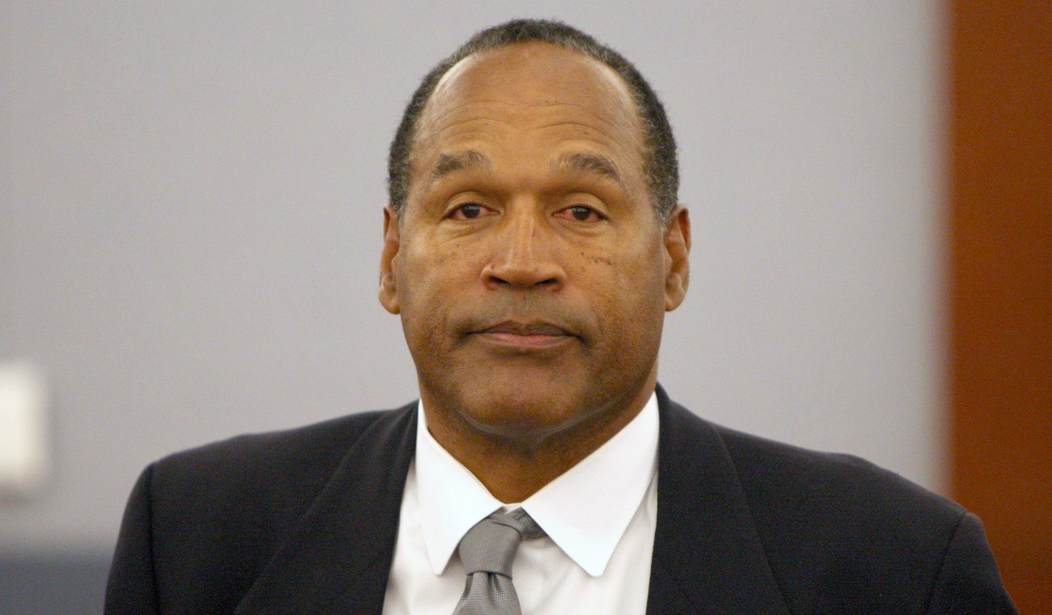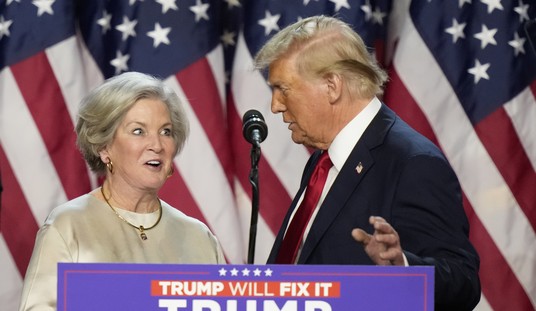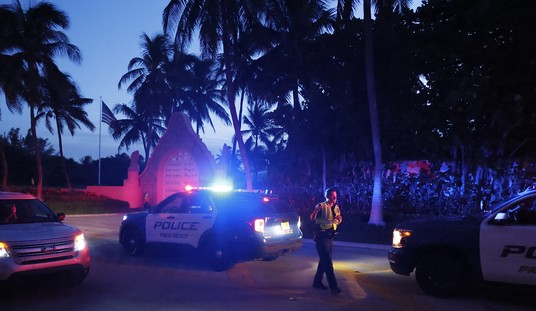O.J. Simpson's death last week reminded me of the glorious period in American history when we finally got liberals to stop their infernal race baiting. It came right after O.J. was found not guilty of a double murder he'd obviously committed. That too-brief suspension of racial agitation, what preceded it, and what followed, is recounted in thrilling detail in my book, "Mugged: Racial Demagoguery From the Seventies to Obama."
For 30 years, the nation's cities were maelstroms of race riots and inner-city violence, egged on by feckless politicians and an army of journalists scribbling mad defenses of the perpetrators.
In other words, life was much as it is today. Every police shooting of a disaffected inner-city youth was instantly branded an act of unadulterated racism, every racist accusation presumed true, and every crime committed by a disaffected inner-city youth denied.
Eventually, the truth would come out, disproving the official version, whereupon the story would simply fade from the news, as if the media were reading a bedtime story to a child, whispering the ending and tiptoeing out of the room.
(Speaking of which, where are the big, blaring headlines following up on the shooting at the Kansas City Chiefs parade in February, the mass shooting in a New York City subway in 2022 and the 2021 Christmas parade massacre in Waukesha, Wisconsin?)
The main job of a journalist was to gin up mobs of angry disaffected inner-city youths, with prizes awarded to those who managed to incite the most destructive riots.
In 1991, Los Angeles's KTLA television network edited the tape of police officers subduing a deranged suspect, Rodney King, cutting about 10 seconds from the beginning. Viewers never saw King lunging at an officer, taser darts hanging from his body. This made the cops' response look like a senseless act of police brutality, rather than the officers' final efforts to subdue a powerful and violent suspect after all other methods had proved futile.
Recommended
When the jury acquitted the officers -- as everyone who actually watched the trial thought it should -- the resulting riots left 63 people dead, thousands injured and did a billion dollars in damage. (See especially Roger Parloff's and Lou Cannon's reports on the trial.)
KTLA won a Peabody award for its presentation of the tape.
The most enduring image from the L.A. riots was the savage beating of Reginald Denny, who'd inadvertently driven his 18-wheeler into the middle of the mayhem. Four black men pulled Denny from the truck's cab and savagely beat him, smashing his head with a 5-pound oxygenator and a claw hammer. With the world watching live footage of the riots, Damian "Football" Williams dropped a cinderblock directly on Denny's head, fracturing his skull in 91 places, then did a victory dance around Denny's lifeless body.
Or, as Rep. Maxine Waters put it, "there were mothers who took this as an opportunity to take some milk, to take some bread, to take some shoes." No sooner was Williams arrested than Waters showed up at his mother's house, offering to help him, saying, "her doors were open."
This was life in America, pre-O.J. verdict.
But then at 10:07 a.m. on Oct. 3, 1995, the world changed, when an estimated 150 million people turned on their TVs to watch the verdict in the O.J. Simpson murder trial: not guilty.
Ninety-five million Americans had watched the slow-speed car chase that had ended with O.J.'s arrest.
Thanks to live television coverage of the trial, nearly everyone in the country had seen the same evidence the jury saw, including O.J.'s blood all over the crime scene.
People saw the Black Congressional Caucus give O.J.'s defense lawyer, Johnnie Cochran, a standing ovation three days before his closing argument.
They saw the juror who was a former Black Panther give O.J. the "black power" salute after the verdict was read.
And they saw blacks across the country cheering the outcome -- most shockingly at the esteemed, historically black Howard University Law School. Witnessing black law students whooping and applauding O.J.'s acquittal had the same emotional impact as seeing Muslim and BLM college students celebrate the Oct. 7 attack on Israel.
In black neighborhoods throughout the country, car horns honked in victory when O.J. was acquitted. At a McDonald's in Clayton, Missouri, the all-black staff burst out in cheers and high fives, while the mostly white customers watched in disbelief. At one high school in St. Louis being filmed for TV, black students cheered for five solid minutes.
At another high school, after hearing the verdict, 20 black students beat, kicked and stomped a younger white student while shouting "black power!" Outside the Los Angeles Criminal Courts building, a Hispanic man was assaulted by an angry crowd of blacks merely for saying he thought O.J. was guilty. In Colorado, a black man beat up his white girlfriend because she disagreed with him about the verdict. He told her Nicole Simpson deserved it and maybe she did, too.
White people took it all in and said: That's it. This has drained the last reserves from the Guilt Account. After that, mau-mauing appeals to white self-condemnation were futile. Accusing someone of racism suddenly stopped working, as if there were a glitch in the subway system and Metro cards didn't open the turnstile anymore.
It was the best thing that had happened to black people in a very long time. No longer did they have to endure pompous whites treating them like children: Do you like your ice cream? Is that good?
Black criminals were locked up, saving tens of thousands of black lives. The very next year, welfare reform became law and hundreds of thousands of black women left the rolls and got jobs. Race hucksters lost their power to intimidate, and talented black people rose to the fore.
Black Americans had won the final civil rights battle: The right to be treated like adults.
But you can't suppress liberal patronizing forever. A dozen years passed, memories faded, and a half-black Hawaiian who'd never faced one iota of race discrimination, except in his favor, ran for president on the most left-wing agenda in history. (That is, until President Senile Dementia's staff became president.)
With that, white liberals breathed a sigh of relief and returned to their favorite hobby: accusing other white people of racism.
So now we're right back where we started, but this time with a vengeance.

























Join the conversation as a VIP Member